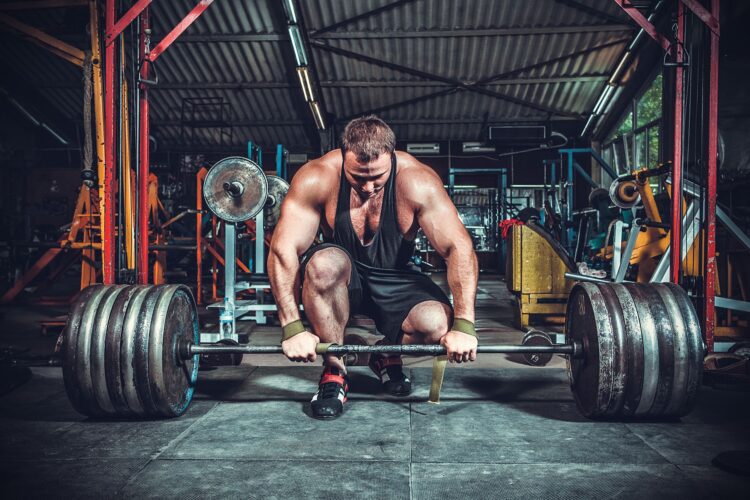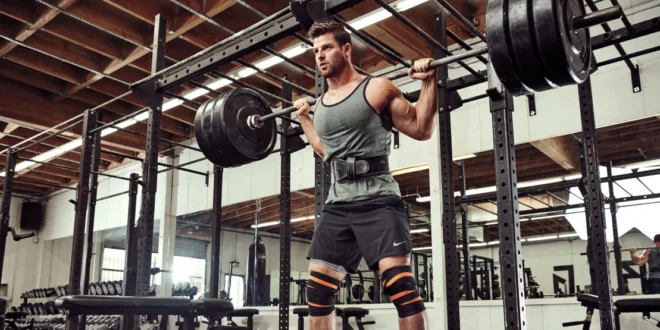Powerlifting is a strength sport that involves three main lifts: the squat, bench press, and deadlift. It’s a great way to build strength and muscle, and if you’re new to it, it can be a bit overwhelming. But don’t worry, we’re here to help you get started.
The first thing you need to do is set your goals. Do you want to compete, or do you just want to lift heavy and get stronger? Once you know your goals, you can start planning your training.
The three main lifts in powerlifting require a lot of technique, and it’s essential to learn the proper form to prevent injury and maximize your performance. This is where Anderson powerlifting can help. They specialize in providing equipment and coaching services, and their team of experienced coaches can help you start safely and with enjoyment. If you’re new to powerlifting, you can contact Anderson powerlifting for help in starting safely and with enjoyment.
Before you start lifting heavy, it’s important to build a solid foundation of strength. This means focusing on compound exercises such as squats, deadlifts, bench press, overhead press, and rows. These exercises work for multiple muscle groups and are the foundation of powerlifting training.
Start with light weights and focus on proper form. Don’t worry about lifting heavy weights at this stage; instead, focus on perfecting your technique. As you get stronger and more confident, you can start gradually increasing your weight.
One of the most important aspects of powerlifting is progressive overload. This means gradually increasing the weight you lift over time to continue to challenge your body and stimulate muscle growth. A good rule of thumb is to increase the weight by around 2.5-5kg each week for upper body exercises and 5-10kg for lower body exercises.
In addition to building strength, it’s also important to focus on your nutrition. Your body needs fuel to perform well in the gym, so make sure you’re eating enough protein, carbohydrates, and healthy fats. Aim to consume around 1.6-2.2g of protein per kg of body weight each day to support muscle growth and recovery.
Rest and recovery are also crucial for progress in powerlifting. Make sure you’re getting enough sleep each night, and take rest days to allow your body to recover. You don’t need to train every day to see progress. In fact, overtraining can be detrimental to your progress.

If you’re interested in competing, it’s a good idea to research the different federations and find one that suits your goals and preferences. You’ll need to follow their rules and regulations, which typically include weight classes, drug testing, and equipment requirements.
In addition to competitions, there are also plenty of online powerlifting communities where you can connect with other lifters and get support and advice. Social media platforms such as Instagram and YouTube are great places to find inspiration and connect with other lifters.
In summary, powerlifting is a great way to build strength and muscle, but it’s important to start slowly and focus on proper technique. With the right guidance and support, you can achieve your powerlifting goals and become a stronger, healthier version of yourself. So don’t be afraid to reach out for help, and get started on your powerlifting journey today!
 Hi Boox Popular Magazine 2024
Hi Boox Popular Magazine 2024



